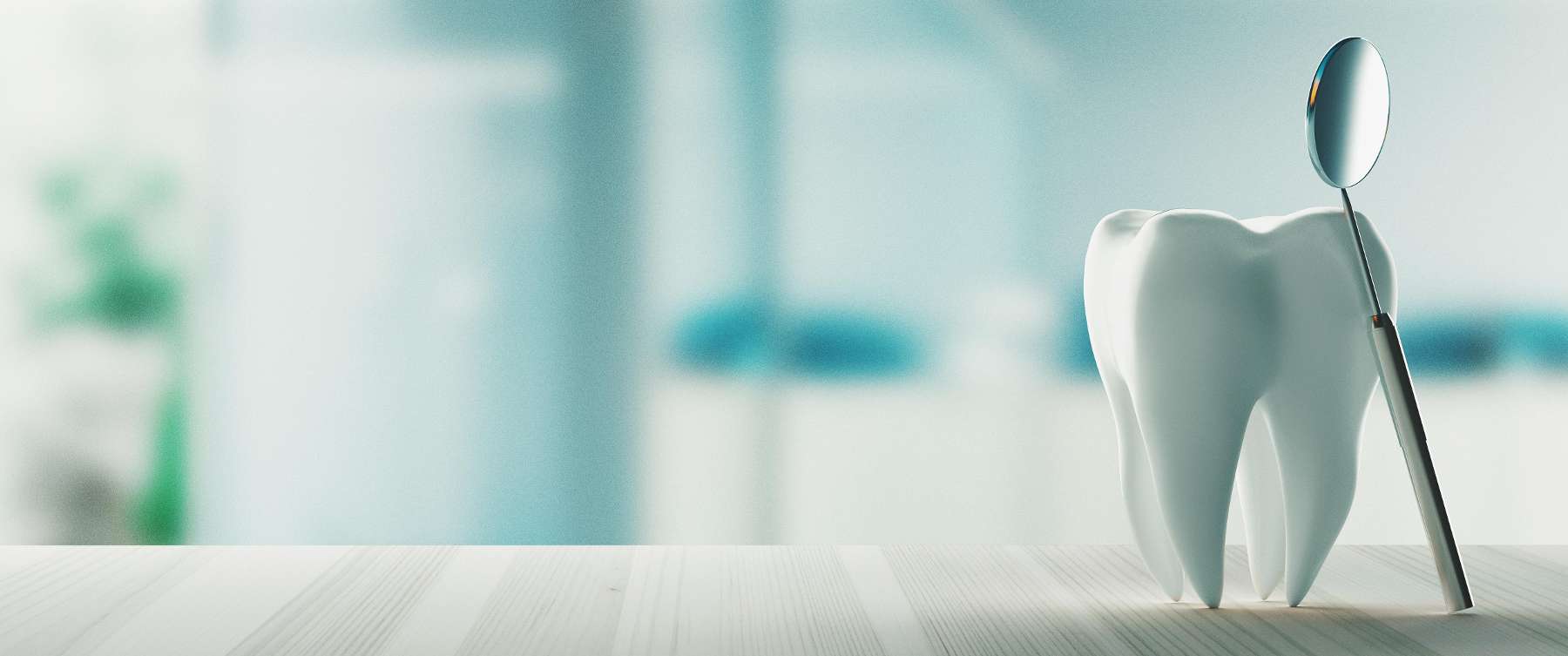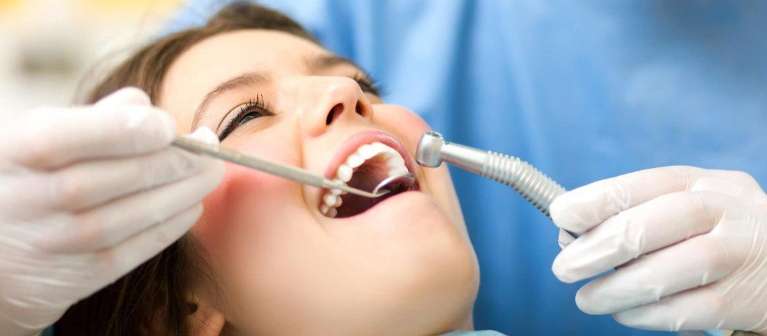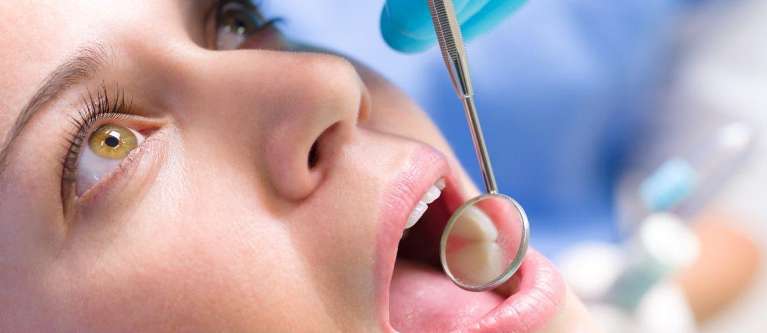
Sometimes teeth are too severely damaged or impacted to be saved. While this isn’t an ideal outcome, sometimes it is necessary and can protect your mouth from problems down the track. Other common reasons for tooth extraction include:
- Infections created by gum disease
- Wisdom teeth that are impacted
- The need to prevent an infection down the track
- Teeth that have been too badly cracked or chipped to be saved
Common Symptoms Following a Tooth Extraction
The following symptoms are quite normal following tooth extraction. Most will pass quickly but if you’re worried it’s always best to discuss options with your dentist:
- Pain when chewing or drinking
- High sensitivity
- Nausea and vomiting
- Chills or a fever
- Swollen gums
- Pusy discharge in the mouth
The last four symptoms could be a sign that the extraction site is infected. You should definitely get in touch with your dentist in this case to ensure the infection doesn’t spread.
A Tooth Extraction Procedure
Any tooth extraction will be preceded by a thorough investigation into the health of your whole mouth. If necessary, x-rays will be taken to get as much information as possible and diagnose the source of the issue. Then after a discussion of all the options and pros and cons of each option you will be able to make an informed decision as what is best for you – extraction or not!
Tooth extractions are always administered under local or general anaesthetic depending on the size and position of the tooth as well as your preference. You won’t feel any pain during the process. You will feel lots of pushing if you choose local anaesthesia. Nothing is you choose general anaesthesia. If required, gum and bone tissue will be gently cut while a forceps tool will be used to grasp, loosen and remove the tooth from the jaw.
Once the tooth has been removed, you will bite on gauze to place pressure on the tooth socket and stop any bleeding and stitches may be used to repair the area.
Benefits Of Tooth Extractions
Teeth that are severely damaged or decayed can cause extreme pain. When all other avenues have been exhausted, the only option is to remove the tooth in question. This will relieve the pain and prevent any further infection and damage to surrounding teeth and bone structures.
Commonly, we are told that crowded teeth will also benefit from an extraction as the remaining teeth can revert to a proper position and stretch out in the gum. However, this is not true and many studies have shown that the majority of teeth extracted for this reason should never have been removed. See non-extraction orthodontics for further information.
Caring For a Post-Op Tooth Extraction
In the first 24 hours, the first step is to create and maintain a blood clot. Failure to do so will result in an incredibly painful condition called dry socket. This occurs when the socket is left dry, and all those nerve endings are left exposed and sensitive. To establish this clot:
- Bite on a gauze swab placed by your dentist for 45 minutes
- Remove the swab and see if you are spitting any light red blood
- If so, moisten another swab and repeat until the clot has formed
Things to Avoid
You should avoid all of the following:
- Abstain from any alcohol, fruit juice, soft drinks or anything else sugary or acidic. The acids will dissolve the clot and alcohol increased blood pressure which creates more bleeding and inhibits the clotting process
- Make sure you only eat soft, cool foods. Anything hard, abrasive or hot could dislodge the clot.
- Avoid aspirin entirely. Aspirin is a blood thinner, and the thinner your blood, the more the wound will bleed and the more likely it is that you will suffer from dry socket.
- Do NOT rinse your mouth for the first 24 hours. If you have an unpleasant taste, like blood, then gently drink some water.
- The local anaesthetic will stop the pain for about 60 to 90 minutes after the extraction. So we recommend you take two Panadol and two Nurofen every six hours for the 1 to 2 days if medication is required.
- If you have had stitches placed you need to avoid playing with them or your risk dislodging them, and return to the dentist in 7 to 10 days to have them removed.
- For the first week you should rinse your mouth with Hot Salt Mouth Washes five times a day for five days. Then for at least the next three weeks you should rinse your mouth with warm salty water before meals and before bed. This is helpful in reducing pain, swelling and in fighting off infection.
If you feel as though you have an infection or the area is getting sorer or your have a foul breath and taste, you should visit your dentist. Infections can quickly become a severe issue, and a dry socket is incredibly painful. Your dentist will be able to deal with both of these problems and get your mouth back to full health in no time. You do not need to see you GP.
Of course, tooth extractions should be avoided wherever possible. This is why regular check-ups and active maintenance is so important. These visits allow your dentist to pick up on any minor issues, like decay and crowding, and make small interventions which prevent extractions down the track.
During these visits, you’ll also be able to get professional cleans done. These cleans are vital in removing plaque, tartar and bacteria that can destroy teeth over time. You can’t remove everything by brushing and flossing, so make a visit to the dentist a bi-annual occurrence.
If you would like more information or to book an appointment, please contact us.



